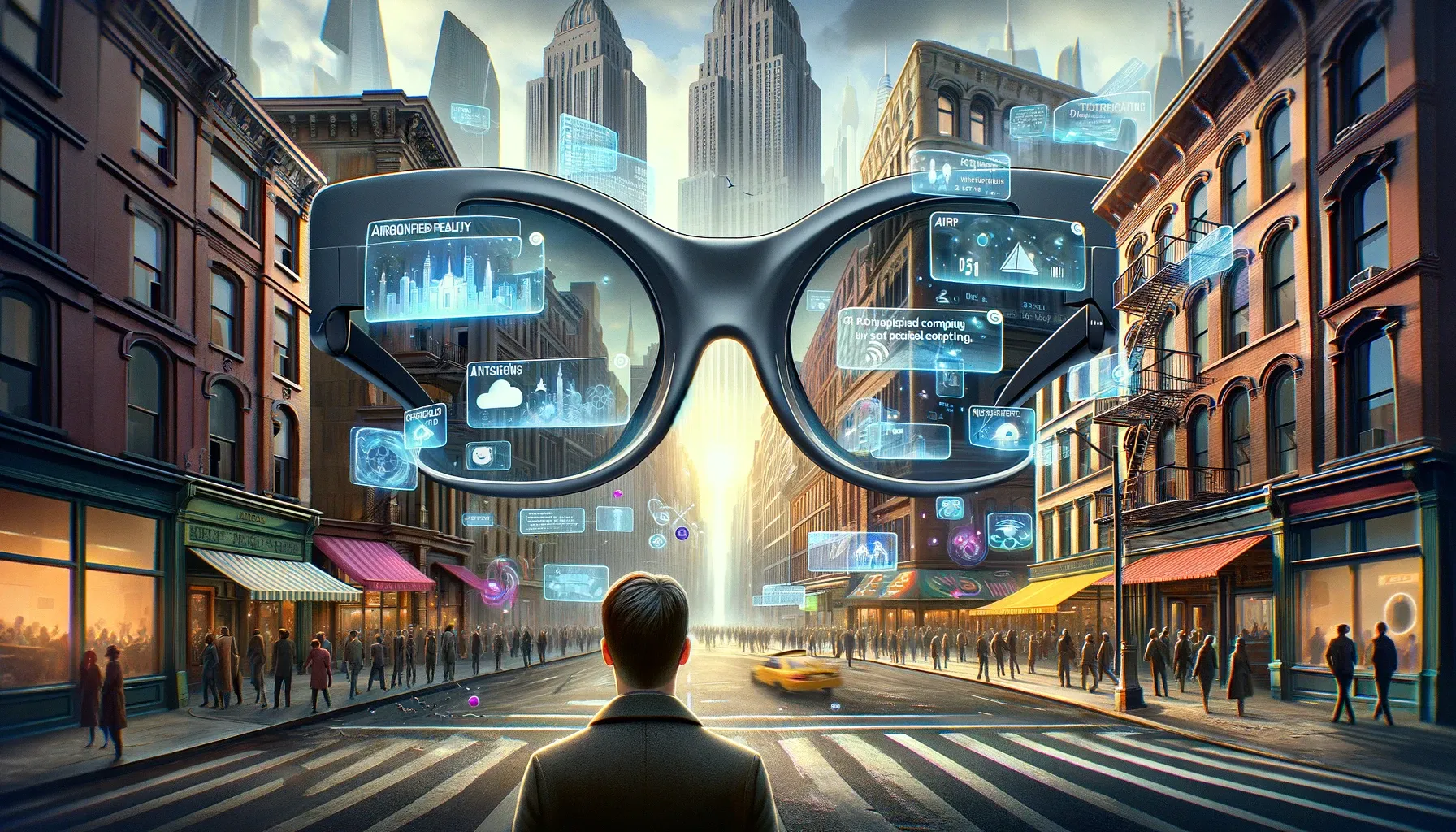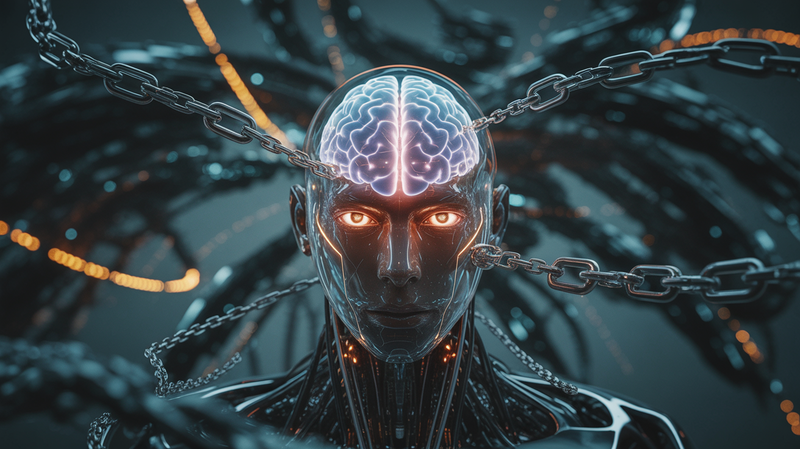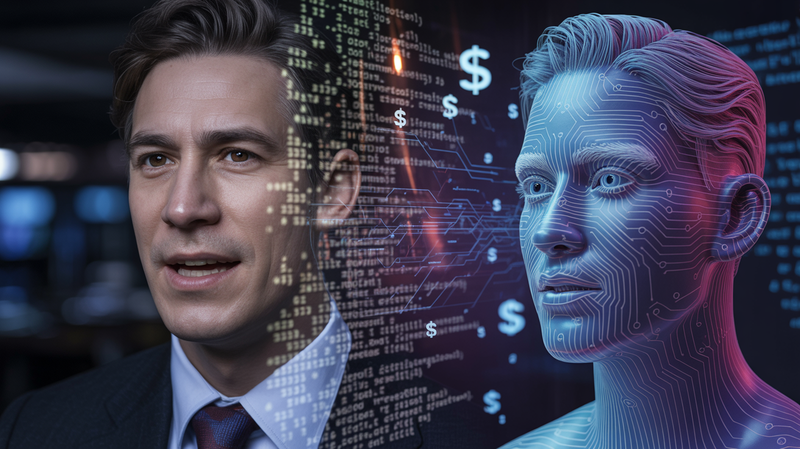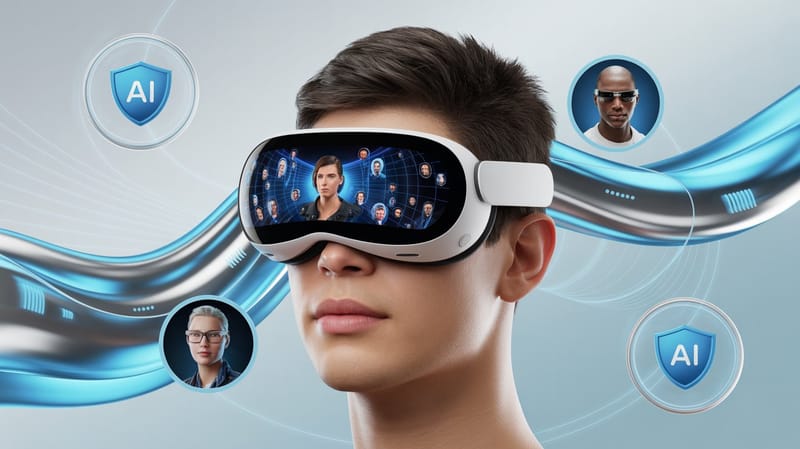Spatial Computing: The Technology Blending Real and Digital Worlds
Spatial computing, a term that has gained prominence especially with the advent of devices like Apple’s Vision Pro, represents a revolutionary shift in how we interact with the digital realm. Far from being confined to the niches of augmented reality (AR) and virtual reality (VR), spatial computing encompasses a

Spatial computing, a term that has gained prominence especially with the advent of devices like Apple’s Vision Pro, represents a revolutionary shift in how we interact with the digital realm. Far from being confined to the niches of augmented reality (AR) and virtual reality (VR), spatial computing encompasses a broad spectrum of technologies that merge the physical with the digital, creating a seamless interface between our physical environment and digital data.
The concept of spatial computing is not new; it has been around for over two decades, gaining academic traction with Simon Greenwold’s dissertation at MIT in 2003. However, it was the commercial spotlight from giants like Apple that brought spatial computing into mainstream discussions. This technology allows machines to not only perceive and interact within our three-dimensional space but also to understand and anticipate the dynamics of human movement and interaction within these environments.
Spatial computing operates on a three-tiered foundation:
- Data Collection: This initial step involves gathering information about the user and their surroundings. Advanced devices equipped with cameras, LiDAR, and other sensors, along with techniques like photogrammetry (creating 3D models from photographs), are used to capture a detailed understanding of the physical world.
- Data Analysis: At this stage, artificial intelligence (AI) plays a crucial role. AI algorithms process the collected data to identify objects, their movements, and how they relate to each other within a given space. This analysis is key to making sense of the complex data and translating it into actionable insights.
- Action: The final step is where the digital interacts with the physical. Through a range of output devices and technologies like motion sensors and controllers, spatial computing enables a dynamic response to the analyzed data, facilitating a two-way interaction between humans and machines. This could be as simple as automating lights when someone enters a room or as complex as a self-driving car navigating urban streets.
While spatial computing is often mentioned in the same breath as AR and VR, it’s important to understand that it encompasses much more. Spatial computing includes augmented, virtual, and mixed realities, and essentially any technology that allows for the blending of physical and digital worlds. It represents an umbrella term for a multitude of realities and experiences that go beyond traditional screens and interfaces.
The potential applications of spatial computing are vast and varied. In the consumer electronics market, devices like the Apple Vision Pro and Oculus Quest 2 showcase the entertainment and utility aspects of spatial computing. These devices offer a glimpse into a future where digital content is not just viewed but interacted with in a physical space, whether it’s a digital pet on your desk or a virtual display hung from the ceiling.
However, the impact of spatial computing extends far beyond entertainment. It’s being explored for educational purposes, where it can provide immersive learning experiences that were previously unimaginable. In design and manufacturing, it allows for the detailed simulation of processes and environments, improving efficiency and safety. Perhaps most significantly, in healthcare, spatial computing technologies have begun to show promise in surgical training, remote patient monitoring, and even in the operating room, enhancing precision and outcomes.
As spatial computing continues to evolve, it promises to further blur the lines between our physical and digital worlds, creating new possibilities for interaction, understanding, and innovation. It’s a technology that not only changes how we perceive the world around us but also expands what is possible within it, offering a glimpse into a future where our digital and physical realities are inextricably linked.




